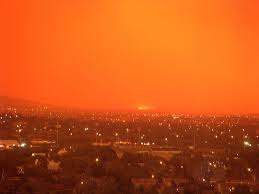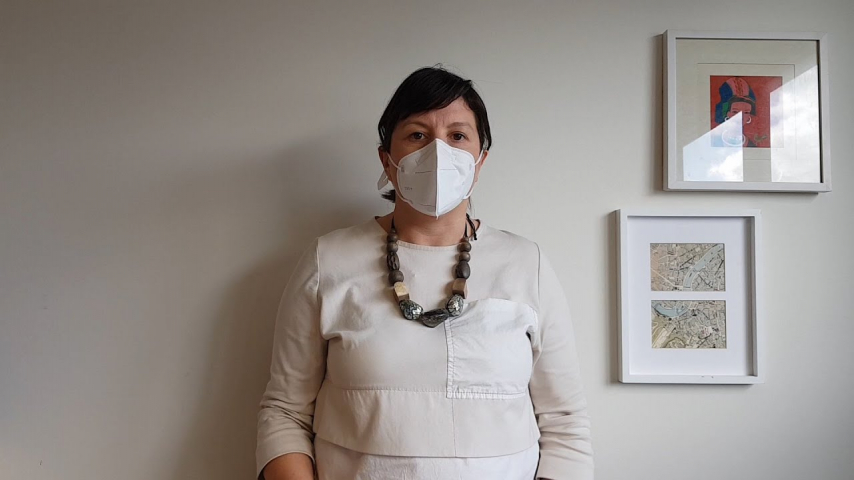What are we studying?
The aim of this research is to determine whether the use of surgical masks and P2 masks protects people with asthma, emphysema, chronic bronchitis or bronchiectasis from the effects of smoke exposure during bushfire season in Australian Capital Territory, New South Wales, South Australia, Tasmania and Victoria. We will compare exposure reduction methods including surgical masks, P2 masks facemasks and avoiding outdoor activities. We identified in a study that most people did not use any respiratory protection during the black summer of 2019/20, and those who did used a range of different mask types. Guidelines are also inconsistent, with different guidelines recommending masks or respirators. There is no clinical efficacy data to support the choice and use of facemasks, P2 masks or staying indoors for protection against bushfire smoke. This study has been funded by the Australian Medical Research Futures Fund as part of an urgent call for research into the health effects of bushfires. The study involved extensive consultation prior to commencing the research with consumers, including health agencies, fire services, The Lung Foundation and Asthma Australia. Their input guided the research.
What did the study involve?
People with asthma or COPD living in bushfire smoke affected areas, who consent to being in the study will be randomly allocated to one of three groups: surgical masks, P2 masks or outdoor air avoidance. If allocated to a mask, they are advised to wear a mask when exposed to bushfire smoke. They filled in a form at the start and the end of the study, and daily diaries were used to monitor air quality and track health status. The study was completed in January 2024.


